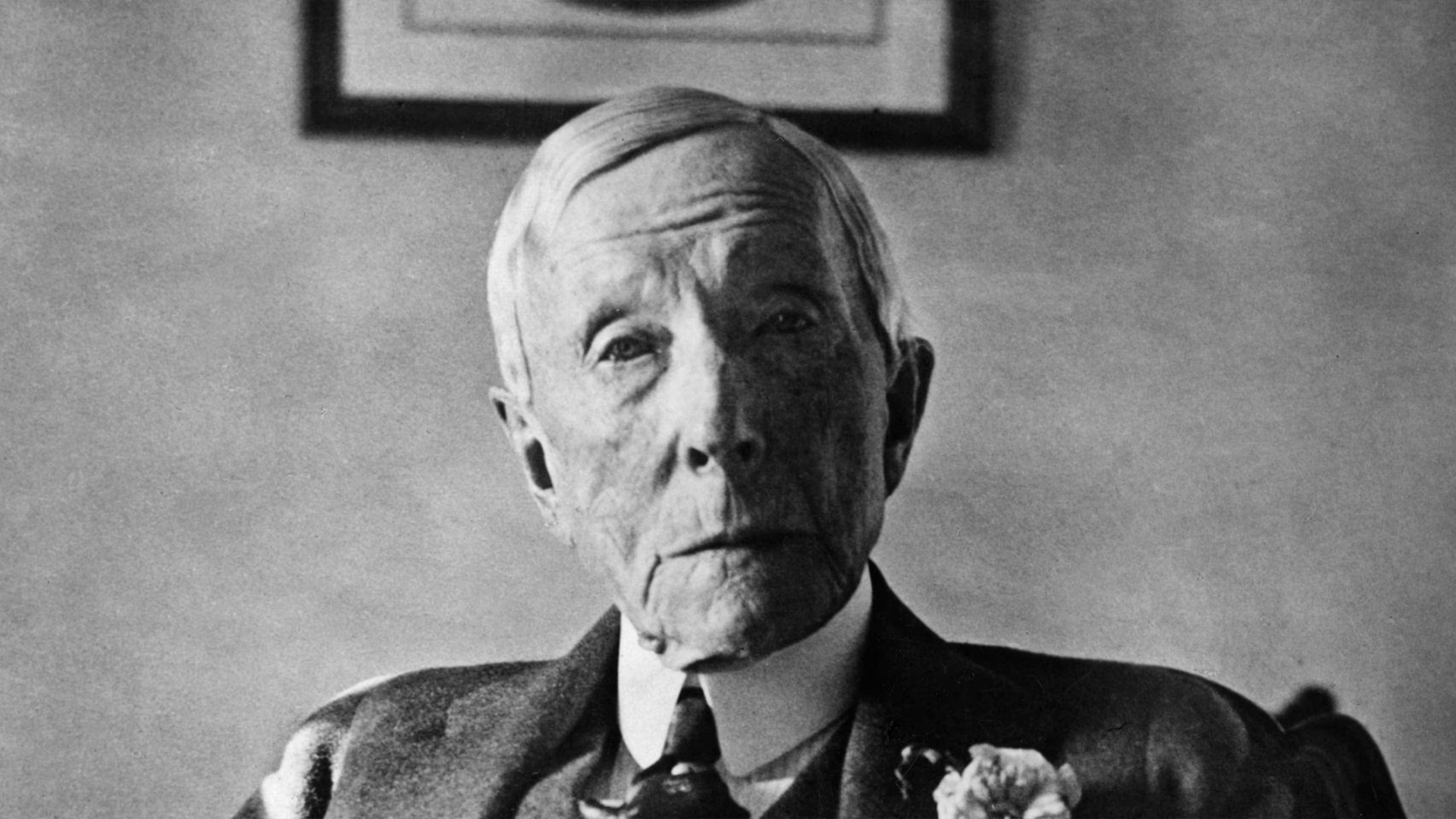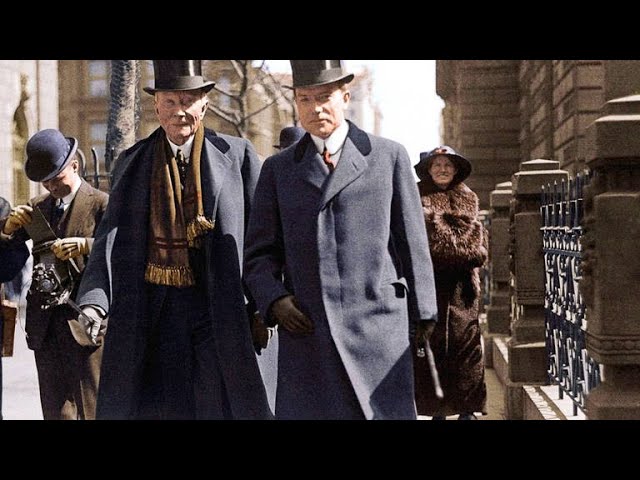Rockefeller Becomes the First Billionaire

Portrait of John D. Rockefeller.
What Happened?
John D. Rockefeller was born in 1839 in upstate New York and grew up in Ohio. He wasn’t born rich. His first job paid just 50 cents a day as a bookkeeper, but he quickly learned how to manage money and spot opportunities. By his twenties, Rockefeller was already running businesses and investing in oil, which was becoming the fuel of the future.
In 1870, Rockefeller and his partners created the Standard Oil Company. Instead of drilling for oil, they focused on refining it, turning crude oil into kerosene and other products people needed. Standard Oil grew by cutting costs, improving efficiency, and buying out competitors. Within a few years, Rockefeller controlled most of the oil industry in Cleveland, and then much of the United States.
By the 1880s, Standard Oil had become a monopoly, meaning it controlled about 90% of America’s oil. This made Rockefeller one of the most powerful men in the country. Railroads gave his company secret discounts, which hurt smaller competitors. Journalists like Ida Tarbell exposed his harsh business practices, painting a picture of a man who crushed rivals to build his empire.
In 1911, the Supreme Court ruled that Standard Oil was breaking antitrust laws and ordered it to be split into 34 smaller companies. At first, this seemed like a defeat. But Rockefeller still owned shares in these new companies, which later grew into modern giants like ExxonMobil and Chevron. His wealth skyrocketed, and by 1916 he was worth over $1 billion, the first person in history to reach that milestone.
Rockefeller was often criticized for how he made his money, but he also became one of America’s most famous philanthropists. He believed wealth should be used to help others. He gave away hundreds of millions of dollars to fund education, public health, and scientific research. He created the Rockefeller Foundation, the University of Chicago, and the Rockefeller Institute for Medical Research (today Rockefeller University).
At home, Rockefeller lived modestly compared to his fortune. He and his wife, Laura, raised their children in a religious, disciplined household. He was known to hand out shiny dimes to children he met, a small gesture that became part of his public image as a kindly old man.
The story of Rockefeller raises big questions about business, fairness, and power. Was his success the result of talent and vision, or ruthless tactics that harmed competition? Did his philanthropy make up for the way he built his fortune? These debates continue today when we talk about billionaires and the role they play in society.
Measured by the size of his fortune compared to the U.S. economy, Rockefeller was likely the richest American who ever lived. His life shows both the promise and the problems of extreme wealth in a capitalist system. He shaped not only the oil industry but also the ways we think about monopolies, government regulation, and philanthropy.
Why It Matters
Rockefeller’s rise to billionaire status highlights the power and dangers of unchecked monopolies in a growing industrial nation. His story shows how innovation and efficiency can fuel success, but also how wealth can create vast imbalances in society. At the same time, his philanthropy laid the groundwork for modern charitable foundations. Understanding Rockefeller helps us think critically about business ethics, government regulation, and the responsibilities of the super-rich.
?
What is a monopoly, and why did the government decide to break up Standard Oil?
Do you think Rockefeller’s philanthropy made up for his ruthless business practices? Why or why not?
How did Rockefeller’s business strategies shape the modern oil industry?
Why do you think journalists like Ida Tarbell were important in holding Rockefeller accountable?
What lessons can we learn about wealth and responsibility from Rockefeller’s story?
Dig Deeper
A look at Rockefeller’s rise from modest beginnings to oil tycoon, monopolist, and philanthropist.
Related

The First Amendment: America’s Blueprint for Freedom
The First Amendment protects freedoms of speech, religion, press, assembly, and petition. It’s the foundation of American democracy—but also a source of constant debate and interpretation.

The Bill of Rights: What Is It—and What Does It Actually Do?
The Bill of Rights wasn’t added to the Constitution because everything was going great, it was added because the people didn’t trust the government. And they had every reason not to.

Iron, Industry, and Injustice: The Race to Build America's First Transcontinental Railroad
On May 10, 1869, two railroads met in the middle of nowhere—and changed the nation forever. The golden spike didn’t just finish a track. It launched a new era of expansion, innovation, and exploitation.
Further Reading
Stay curious!
